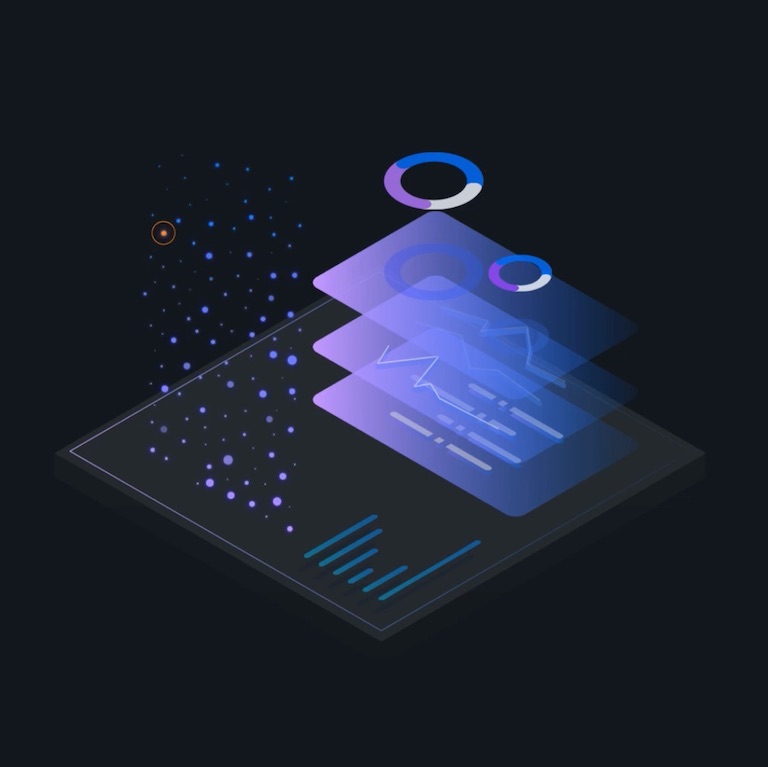How to avoid AI model drift with monitoring and management
AI models may start out strong and seem like they will produce valuable outputs, but if not properly monitored, even the most well-trained, unbiased AI model can “drift” from its original parameters and produce unwanted results once deployed. If an AI model’s training doesn’t align with incoming data, it can’t accurately interpret that data or use that data to reliably predict outcomes. If drift isn’t detected and mitigated quickly, it will only digress further, increasing the negative business impact. To ensure accurate AI throughout its lifecycle, you need to look at model drift as another key consideration in your overall strategy.

There are a few best practices when it comes to monitoring drift. First, it’s important to understand that model monitoring can require specific tools and skill sets. Having the right tools and data scientists in place is crucial. Next, you need to actively monitor all models that are in production from a central place. Having a centralized, holistic view can help break down silos and provide more transparency across the entire data lineage.
It’s also important to establish a consistent set of metrics for assessing the health of your AI models. Learning from what’s working and not working will allow your team to pivot and correct when needed. AI models also need to be monitored on an ongoing basis and not just viewed as one snapshot in time. A model’s health could change over time and cause greater drift in the future if those changes are not identified. Lastly, it is helpful to automate as much of the monitoring process as possible to scale across your organization. Automation can provide consistent and reliable notifications and provide more time for your teams to focus on model development instead of monitoring.
So, what if you have model drift? How can it be corrected?
How to correct drift in three steps



An integrated approach can help your business track metrics continually and alert you to drift in accuracy and data consistency. You can also set targets and track them through development, validation and deployment.
An integrated data and AI platform also simplifies the steps it takes to identify business metrics that are affected by model drift. With its help, you’ll be able to minimize the impact of model degradation through automated drift monitoring.3
